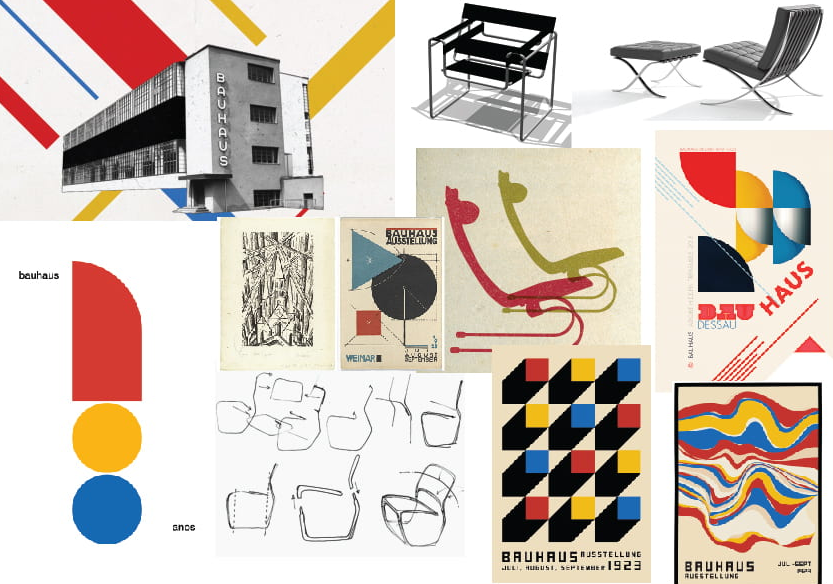In this blogpost I refer to the TED Talk of JD Hooge:
With great power comes great responsibility
Stan Lee
Technology
In the past few decades, technology has changed everything: news, transportation, shopping, health, friendships and family. On average, a person checks their cell phone 220 times a day (that‘s twice as often as we think we do). We want technology to empower us, but the digital world as it was designed tends to dictate the rhythm of our lives. Technology has changed our everyday lives faster than we thought and than the consequences could be foreseen. Designers in the digital sector can therefore now influence more than ever before. It is therefore important to take responsibility for what you create and the impact it has on life.
Design gives identity
In addition to the music that makes people feel they belong to a wide variety of groups, strong visuals also give a feeling of commutity. Different groups have their own aesthetics, ethical code and ideology. And often this aesthetic is reflected in stickers, fashion and visuals. These symbols connect – design gives identity.
Bauhaus
The Arts and Crafts movement emerged during the Industrial Revolution. It reacted to the increasing technology and machines and should offer an antipole. In the meantime, a group of idealistic artists and designers who have embraced technology came together in Germany. The Bauhaus no longer saw designers just as ‚decorators‘. It wanted to combine technology, art and design. They used industrial materials for household furniture. They placed emphasis on the social aspect of design and focused on the affordability and efficiency of materials and visual elements.

Dieter Rams spoke of designers as visual engineers. His philosophy revolved around a ‚less is better‘ essentialism. He wanted to develop products that were more sustainable and less problematic for the environment. ‚Design shouldn‘t dominate people, it should help people‘. His aesthetics and ethics were aligned and his design was human-centered. Design is a responsibility because design shapes the future.
The impact of design
Design influences every moment of our life. It evokes feelings, it is a strong social influencer, it helps to understand complex systems. Today we need design to let it work for us. In the new digital world there are enough problems that need to be solved. The success that technology has these days is measured by the time users spend on it, not the benefit it can bring to people. Sometimes technology makes things better for one community while it makes things worse for another. There are many blind spots in technology, for example on the topics of racism, equality, oppression. And people are increasingly rethinking their relationship with technology. Technology companies such as Apple and Google are also struggling to better focus on people and their wellbeing. But that‘s only just beginning. The advantage of designers is that they have a great insight into the inner and work on the front lines. The knowledge, values and experience of a designer flow directly into, for example, the user interface, every push notification and every icon that he develops. This means that designers can directly influence the user. In order to live up to this responsibility, designers should deal with more than just their area of expertise: world history, ethics, inclusion, systematic inequality, cognitive bias. It is important to learn from the past. It is just as important to deal with different opinions and views.
Seek historical, cultural & economic context
Elevate the design curriculums
Build diverse teams to improve collective decision making
Empower individuals with resposibility